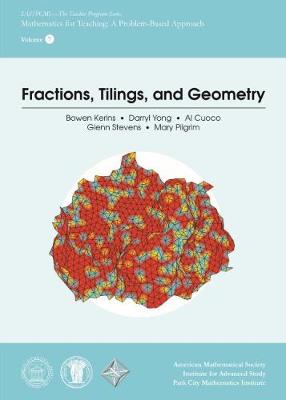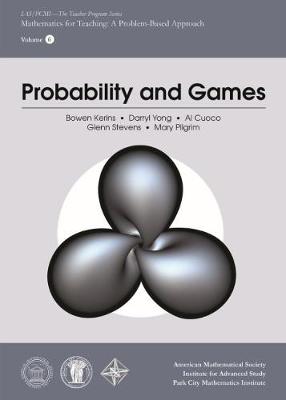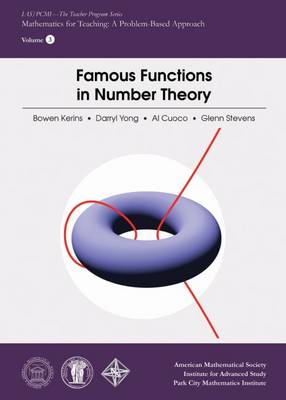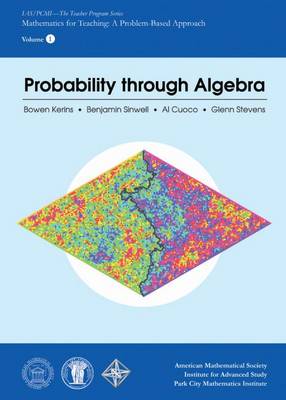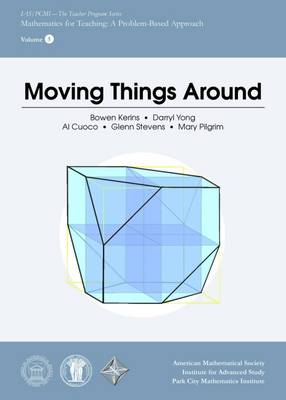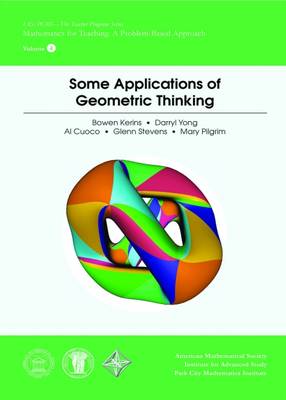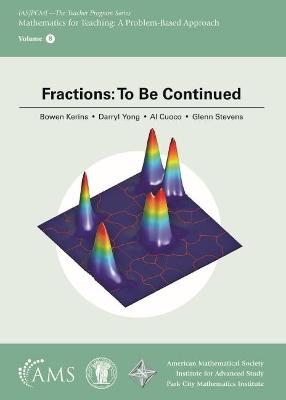IAS/PCMI--The Teacher Program
8 total works
Fractions, Tilings, and Geometry
by Bowen Kerins, Darryl Yong, Al Cuoco, Glenn Stevens, and Mary Pilgrim
The overall goal of the course is an introduction to non-periodic tilings in two dimensions and space-filling polyhedra. While the course does not address quasicrystals, it provides the underlying mathematics that is used in their study. Because of this goal, the course explores Penrose tilings, the irrationality of the golden ratio, the connections between tessellations and packing problems, and Voronoi diagrams in 2 and 3 dimensions. These topics all connect to precollege mathematics, either as core ideas (irrational numbers) or enrichment for standard topics in geometry (polygons, angles, and constructions).
But this book isn't a ``course'' in the traditional sense. It consists of a carefully sequenced collection of problem sets designed to develop several interconnected mathematical themes. These materials provide participants with the opportunity for authentic mathematical discovery--participants build mathematical structures by investigating patterns, use reasoning to test and formalize their ideas, offer and negotiate mathematical definitions, and apply their theories and mathematical machinery to solve problems.
Fractions, Tilings, and Geometry is a volume of the book series IAS/PCMI--The Teacher Program Series published by the American Mathematical Society. Each volume in this series covers the content of one Summer School Teacher Program year and is independent of the rest.
Probability and Games
by Bowen Kerins, Darryl Yong, Al Cuoco, Glenn Stevens, and Mary Pilgrim
This course leads participants through an introduction to probability and statistics, with particular focus on conditional probability, hypothesis testing, and the mathematics of election analysis. These ideas are tied together through low-threshold entry points including work with real and fake coin-flipping data, short games that lead to key concepts, and inroads to connecting the topics to number theory and algebra.
But this book isn't a "course" in the traditional sense. It consists of a carefully sequenced collection of problem sets designed to develop several interconnected mathematical themes. These materials provide participants with the opportunity for authentic mathematical discovery-participants build mathematical structures by investigating patterns, use reasoning to test and formalize their ideas, offer and negotiate mathematical definitions, and apply their theories and mathematical machinery to solve problems.
Probability and Games is a volume of the book series IAS/PCMI-The Teacher Program Series' published by the American Mathematical Society. Each volume in this series covers the content of one Summer School Teacher Program year and is independent of the rest.
Famous Functions in Number Theory
by Bowen Kerins, Darryl Yong, Al Cuoco, and Glenn Stevens
Applications of Algebra and Geometry to the Work of Teaching
by Bowen Kerins, Benjamin Sinwell, Darryl Yong, Al Cuoco, and Glenn Stevens
Probability through Algebra
by Bowen Kerins, Benjamin Sinwell, Al Cuoco, and Glenn Stevens
Moving Things Around
by Bowen Kerins, Darryl Yong, Al Cuoco, Glenn Stevens, and Mary Pilgrim
Some Applications of Geometric Thinking
by Bowen Kerins, Darryl Yong, Al Cuoco, Glenn Stevens, and Mary Pilgrim
